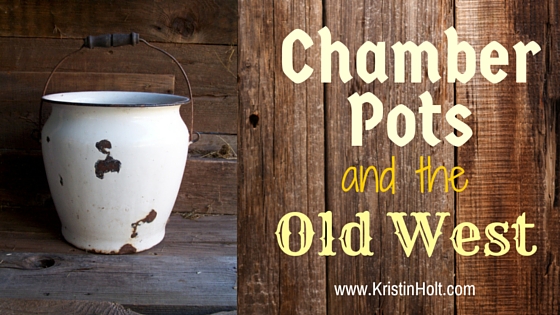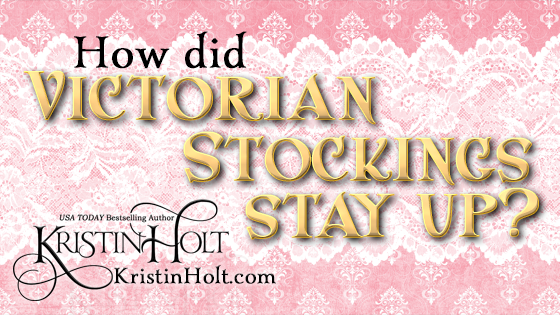
by Kristin Holt | Aug 26, 2016 | Articles
Milk Shakes, a frothy, cold beverage was all the rage in the late 19th century (though made without ice cream until the 20th century). Machines shook the beverage until the milk-fat whipped and the flavorings mixed in. Ice cream sodas and shave ice (first snow cones, sold as “snow balls”) became popular, too. Victorians, even in the Old West, enjoyed icy treats and drinks in the heat of the summer.

by Kristin Holt | Aug 17, 2016 | Articles
Pop Quiz! Were screen doors (and window screens) invented BEFORE or AFTER 1870? Do you know?
This article includes images of the screen doors on historic homes (taken recently), images from Sears Roebuck & Co. Catalog and Montgomery Ward & Co. Catalog, as well as historical information about why and how screens were invented during the Victorian era, as well as a solid answer about whether these household basics were invented before or after 1870. The answer just might surprise you.

by Kristin Holt | Jun 8, 2016 | Articles
Chamber pots were a necessary accompaniment to the outhouse (a.k.a “the necessary”). Illness, foul weather, the elderly, emergencies–all credible reasons to need a ready source of relief. It’s one of the least glamorous aspects of everyday life in Victorian America. Who knew such fancy chamber pots could be purchased through Sears Roebuck & Co. catalog?

by Kristin Holt | Jun 5, 2016 | Articles
The necessary (a.k.a. outhouse) had many Victorian Era-appropriate euphemisms: Quincy, small room, washroom…and was replaced with modern indoor plumbing both very early (1820’s at the White House) and very late (1950’s) in rural America. What did homeowners do when the necessary filled up? (ewww!) When was toilet paper invented? Why did outhouses have more than one seat?

by Kristin Holt | Jun 2, 2016 | Articles
Victorian Americans wore ingenious devices beneath their clothing to hold their stockings (hose) up. Because garters / hose supporters aren’t as romantic and enticing as corsets or even Union Suits, I’ve yet to see a fictional piece of the era that so much as mentions them. This article contains images of items offered for sale in the 1895 and 1897 editions of the Sears Roebuck & Co. and Montgomery Ward & Co. Catalogs, as well as price comparisons from then to now. Such contraptions were worn by men, women, children, and even babies. Who knew?













